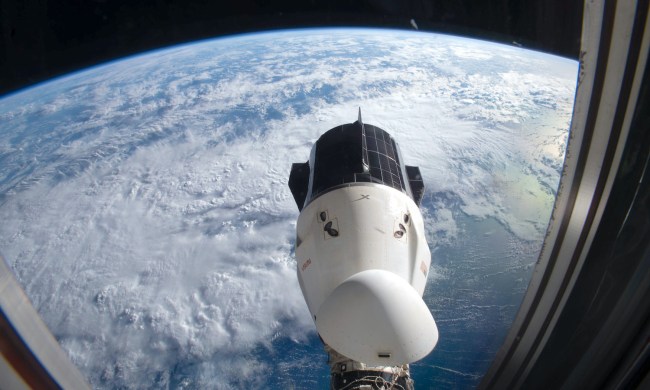Dr. Serena Auñón-Chancellor is an associate professor of clinical medicine at the Louisiana State University Health New Orleans School of Medicine, as well as an active member of the NASA astronaut core. She spoke with Ariana Escalante and Andre Stone from the Digital Trends CES Experience Center as part of our ongoing coverage of CES 2021.
“Everything we’re doing on the space station is absolutely unbelievable,” she says. “We’ve got everything from the manufacturing of fiber optic cables to new life-science techniques. If you look at where the space station is headed … the advancements we’re going to make are staggering,” she said.
There have been over 3,000 research experiments on board the International Space Station. But how does that affect our lives? “Almost 75 to 85% of our life-science research … is for human health here on earth,” Auñón-Chancellor says. “It’s not just to further the presence of humans in space.”
For instance, they’re currently looking at how heart cells respond in the microgravity environment. “If we could figure out how to better diagnose or even cure some of these diseases up on board the space station, that can absolutely translate to human heart heath,” Auñón-Chancellor notes.
Auñón-Chancellor has spent almost 200 days in space, and she says astronauts use technology to keep themselves at peak shape. “That can be rough on the body. We work out every day,” she says, describing how to lift weights in an environment that, well, is weightless. “We have a special device … that uses a series of vacuum tubes to create load, so we can help prevent some of that bone and muscle loss.” Wearable technologies monitor their body’s reactions, heart rates, and other health benchmarks to ensure they stay healthy and alert.
While the astronauts are keeping a record of their health data, they still are somewhat tethered to home in that all the samples they collect — blood, urine, saliva, and even breath — need to be sent back to Earth to be evaluated. Auñón-Chancellor hopes to one day be able to do all that work on board the ISS.
“If I had some of that technology on orbit to analyze in real time,” she says, they would be able to “detect that and think about treatment right there.” She points out the need for those devices to be miniaturized to be able to get them into space along with the thousands of other things they bring with them.
And what about the technology she uses up in space? Does she wish any of that were more widespread on Earth? Auñón-Chancellor speaks about the RNA sequencer that was made much smaller for the ISS. “So then you think, ‘well, how can we take this back to Earth? Can we take this out in the field at a remote location on a different continent and help them with their science?” she asks.
As we continue to make giant leaps for mankind further and further into space, it certainly won’t be easy. “One of the biggest threats to space exploration,” she notes, “is space radiation. [It’s] one of our biggest human health threats, because it’s this entity that you cannot see, but we know impacts everything — including hardware and avionics.” So protecting both humans and machines from that radiation will be an important aspect of being able to reach further and further into the darkness.
So what does the immediate future hold? Auñón-Chancellor is excited about the diversity of people becoming involved. “It’s exciting to see a larger number of women,” she notes. “It’s really neat to see up-and-coming groups of people want to spend time on board the space station.”



